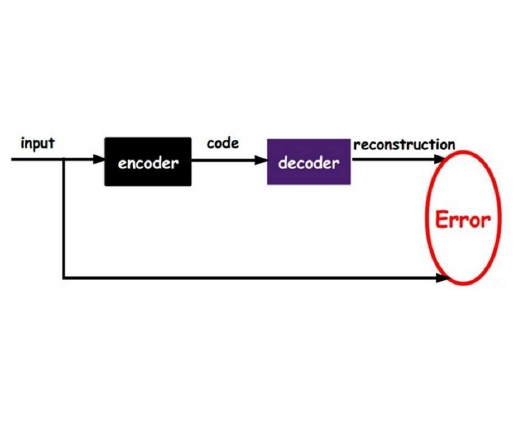In this work we demonstrate the use of neural networks for rapid extraction of signal parameters of discretely sampled signals. In particular, we use dense autoencoder networks to extract the parameters of interest from exponentially decaying signals and decaying oscillations. By using a three-stage training method and careful choice of the neural network size, we are able to retrieve the relevant signal parameters directly from the latent space of the autoencoder network at significantly improved rates compared to traditional algorithmic signal-analysis approaches. We show that the achievable precision and accuracy of this method of analysis is similar to conventional algorithm-based signal analysis methods, by demonstrating that the extracted signal parameters are approaching their fundamental parameter estimation limit as provided by the Cram\'er-Rao bound. Furthermore, we demonstrate that autoencoder networks are able to achieve signal analysis, and, hence, parameter extraction, at rates of 75 kHz, orders-of-magnitude faster than conventional techniques with similar precision. Finally, we explore the limitations of our approach, demonstrating that analysis rates of $>$200 kHz are feasible with further optimization of the transfer rate between the data-acquisition system and data-analysis system.
翻译:在这项工作中,我们展示了使用神经网络迅速提取离散抽样信号信号参数的情况;特别是,我们使用密集自动编码网络从指数衰减信号和振荡信号中提取引人注意的参数;通过使用三阶段培训方法和仔细选择神经网络大小,我们能够直接从自动编码网络的隐蔽空间检索相关的信号参数,其速度比传统的算法信号分析方法高得多;我们表明,这种分析方法的可实现精确性和准确性与传统的算法信号分析方法相似,我们通过证明提取的信号参数接近Cram\'er-Rao捆绑系统提供的基本参数估计限度。此外,我们证明,自动编码网络能够以75千赫的速度进行信号分析,从而能够以类似精确的速度以比常规技术更快的速度提取参数。最后,我们探索了我们的方法的局限性,表明,如果数据采集系统和数据分析系统之间的传输速度进一步优化,那么以美元 > 200千赫兹计算的分析率是可行的。




